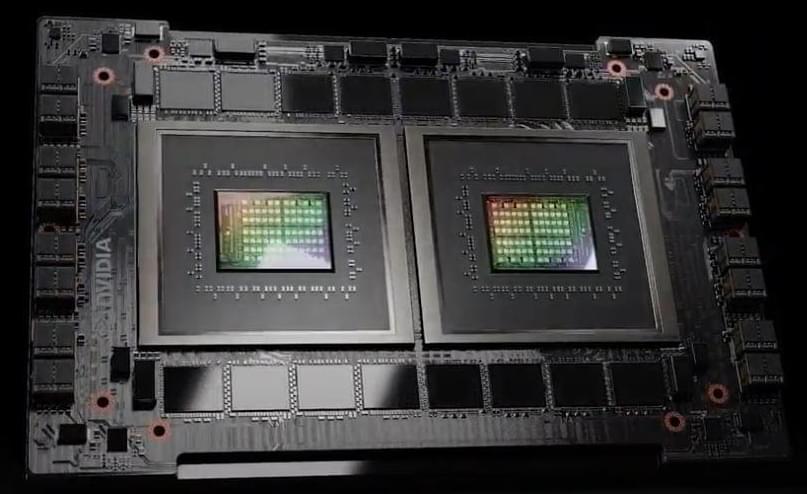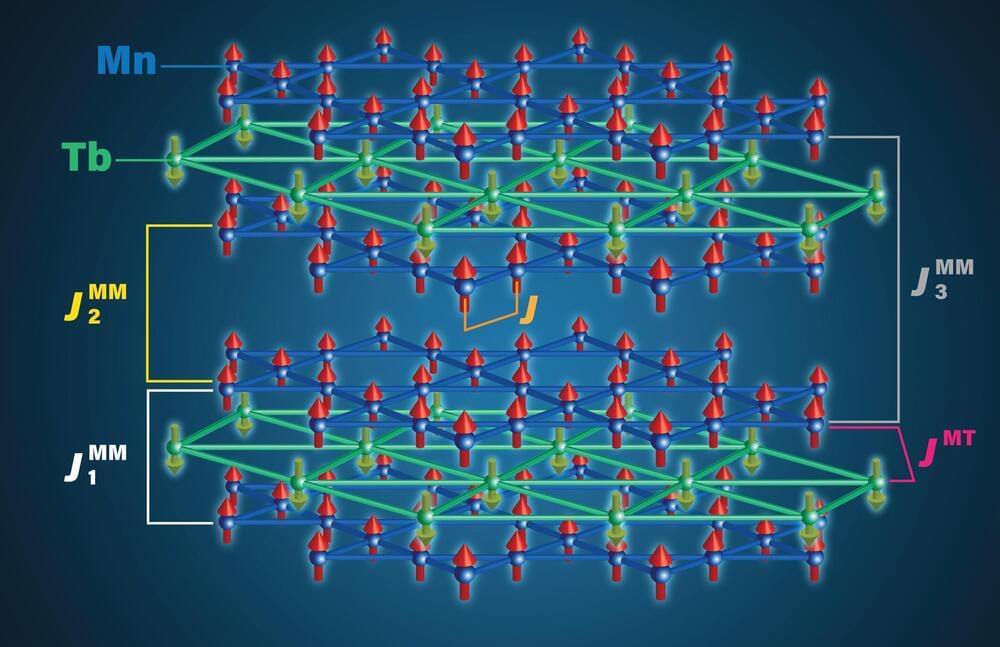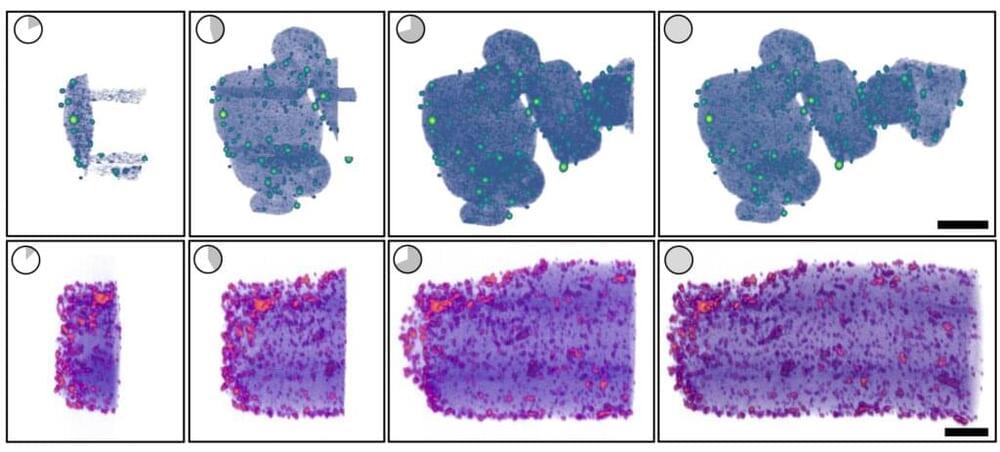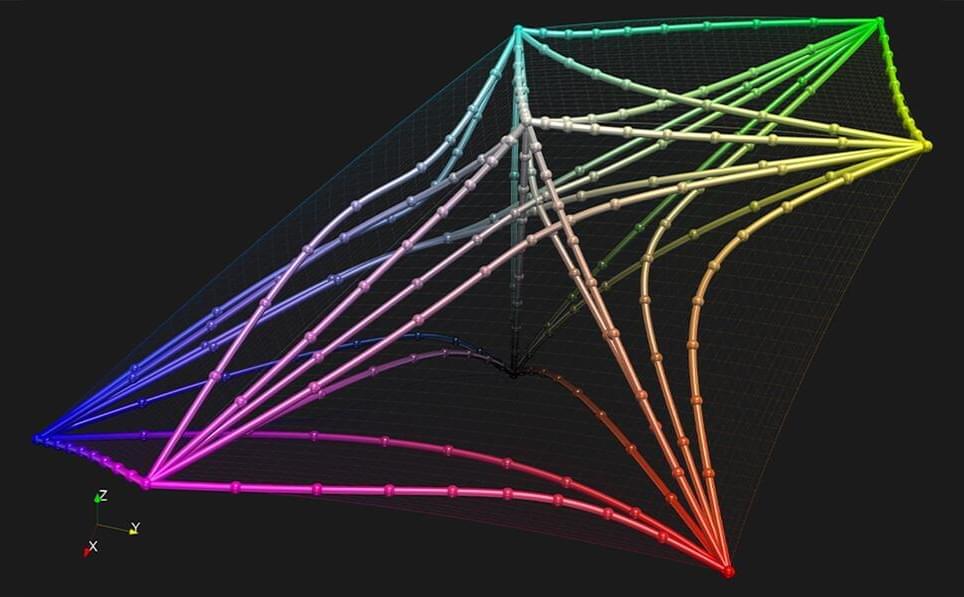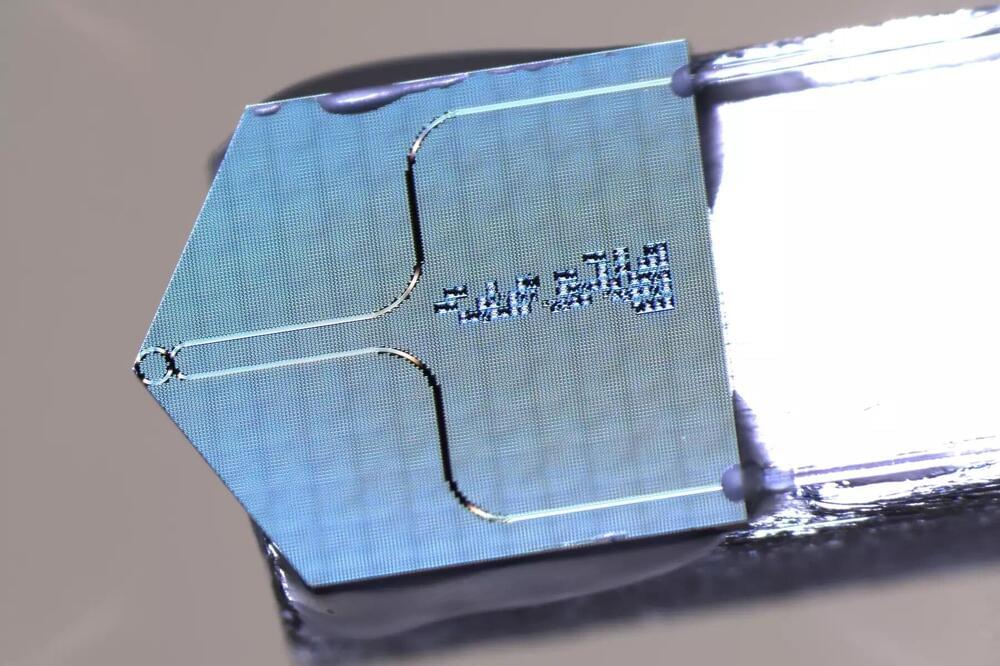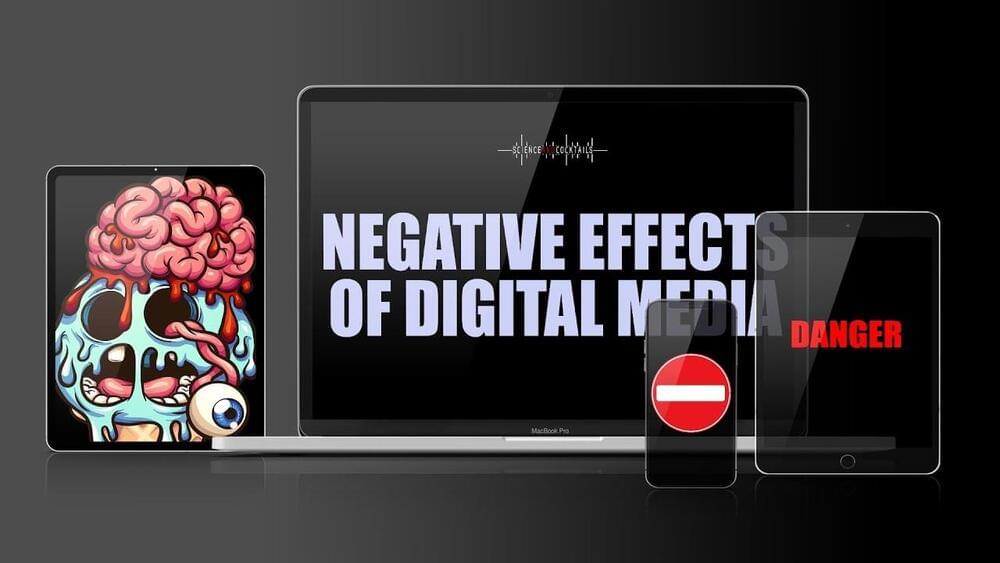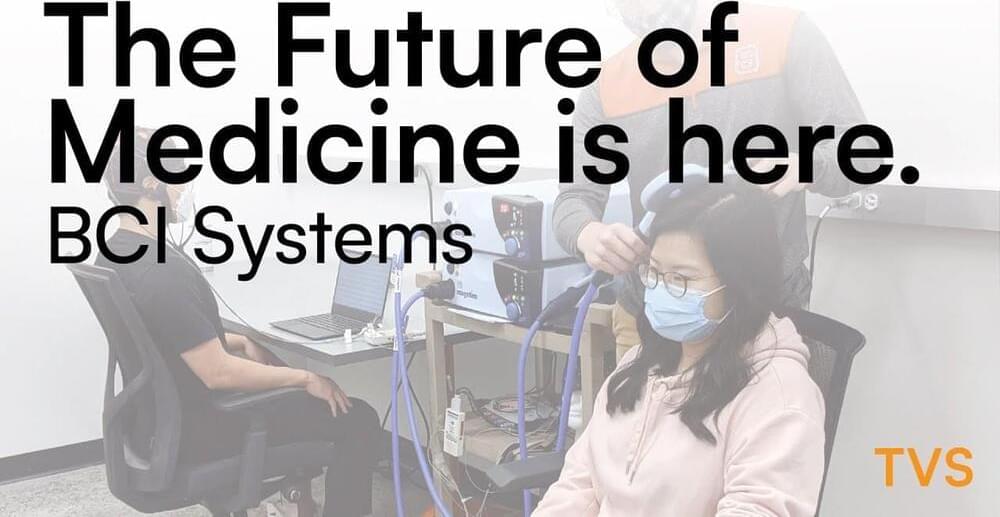Aug 19, 2022
Nvidia Details Grace Hopper CPU Superchip Design: 144 Cores on 4N TSMC Process
Posted by Genevieve Klien in category: computing
Nvidia shared more performance benchmarks, but as with all vendor-provided performance data, you should take these numbers with a grain of salt. These benchmarks also come with the added caveat that they are conducted pre-silicon, meaning they’re emulated projections that haven’t been tested with actual silicon yet and are “subject to change.” As such, sprinkle some extra salt.
Nvidia’s new benchmark here is the score of 370 with a single Grace CPU in the SpecIntRate 2017 benchmark. This places the chips right at the range we would expect — Nvidia has already shared a multi-CPU benchmark, claiming a score of 740 for two Grace CPUs in the SpecIntRate2017 benchmark. Obviously, this suggests a linear scaling improvement with two chips.
AMD’s current-gen EPYC Milan chips, the current performance leader in the data center, have posted SPEC results ranging from 382 to 424 apiece, meaning the highest-end x86 chips will still hold the lead. However, Nvidia’s solution will have many other advantages, such as power efficiency and a more GPU-friendly design.
